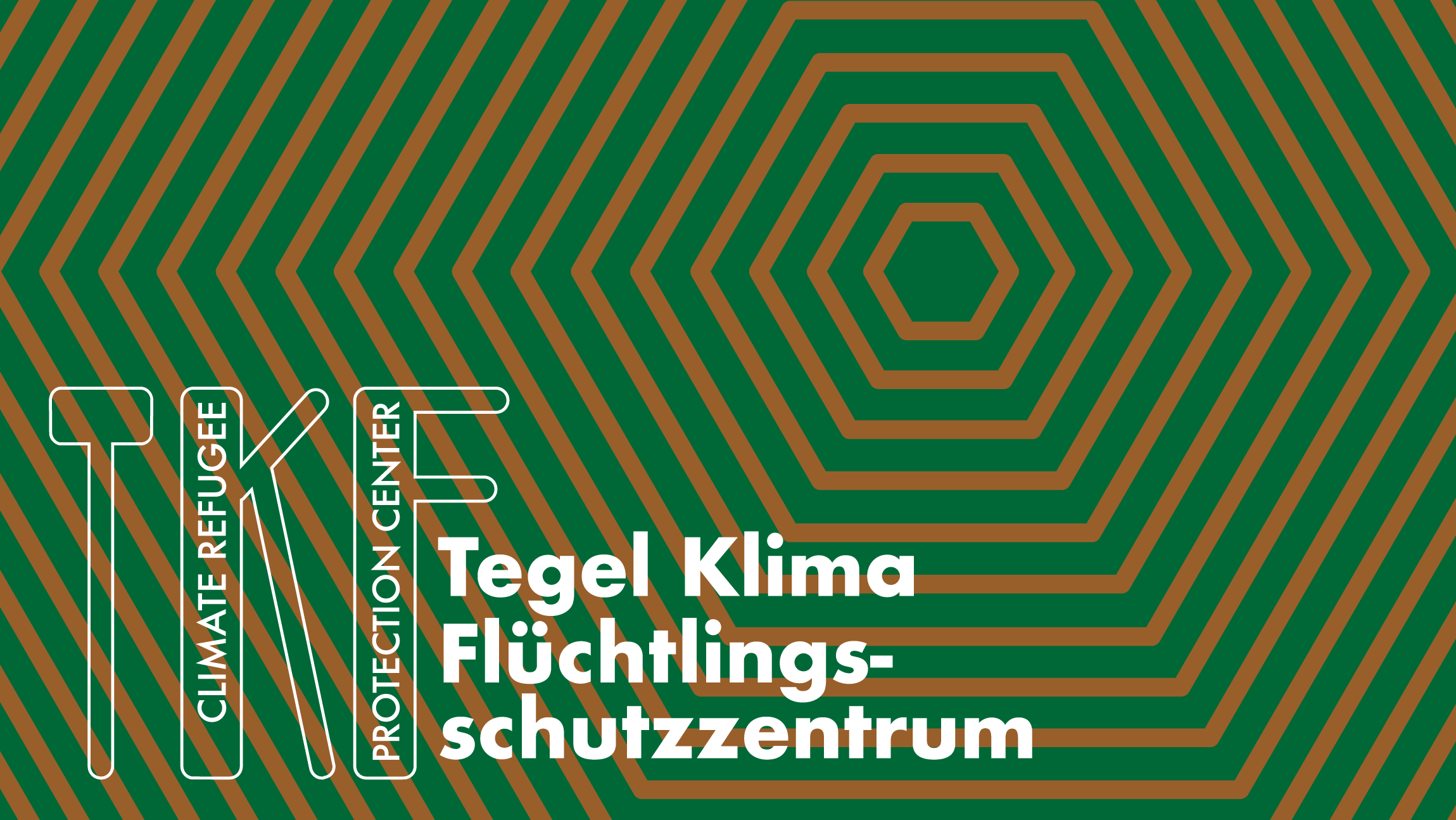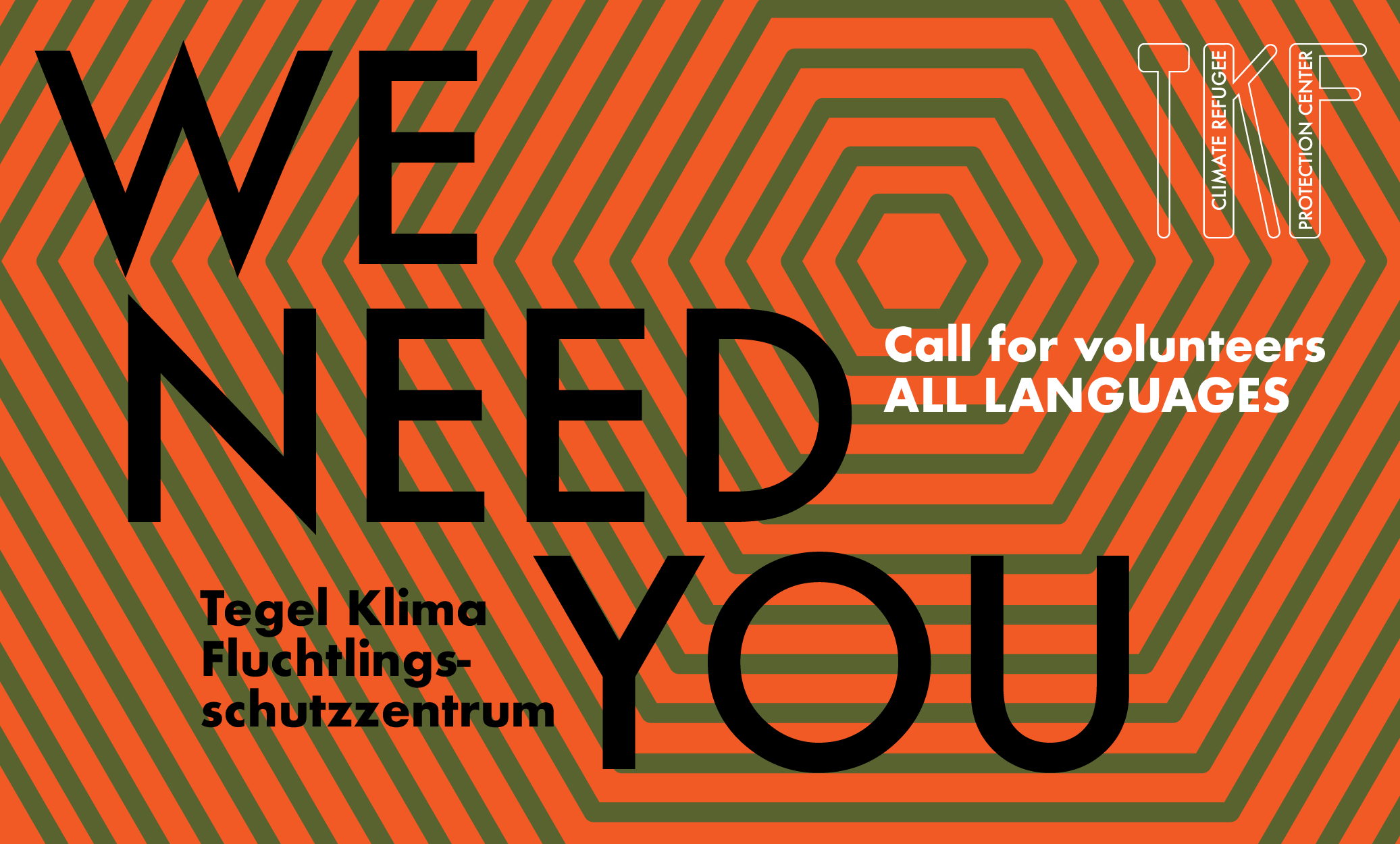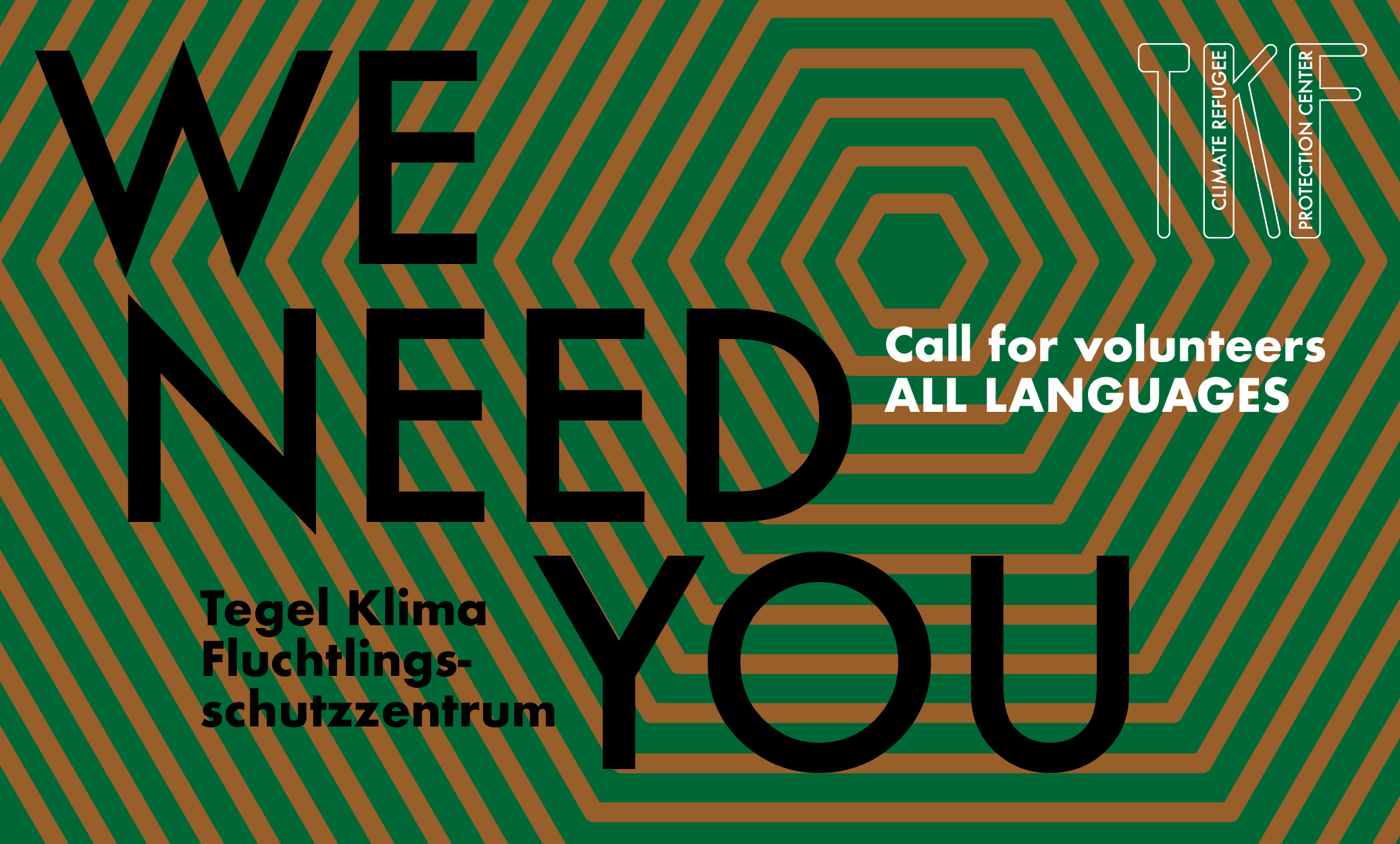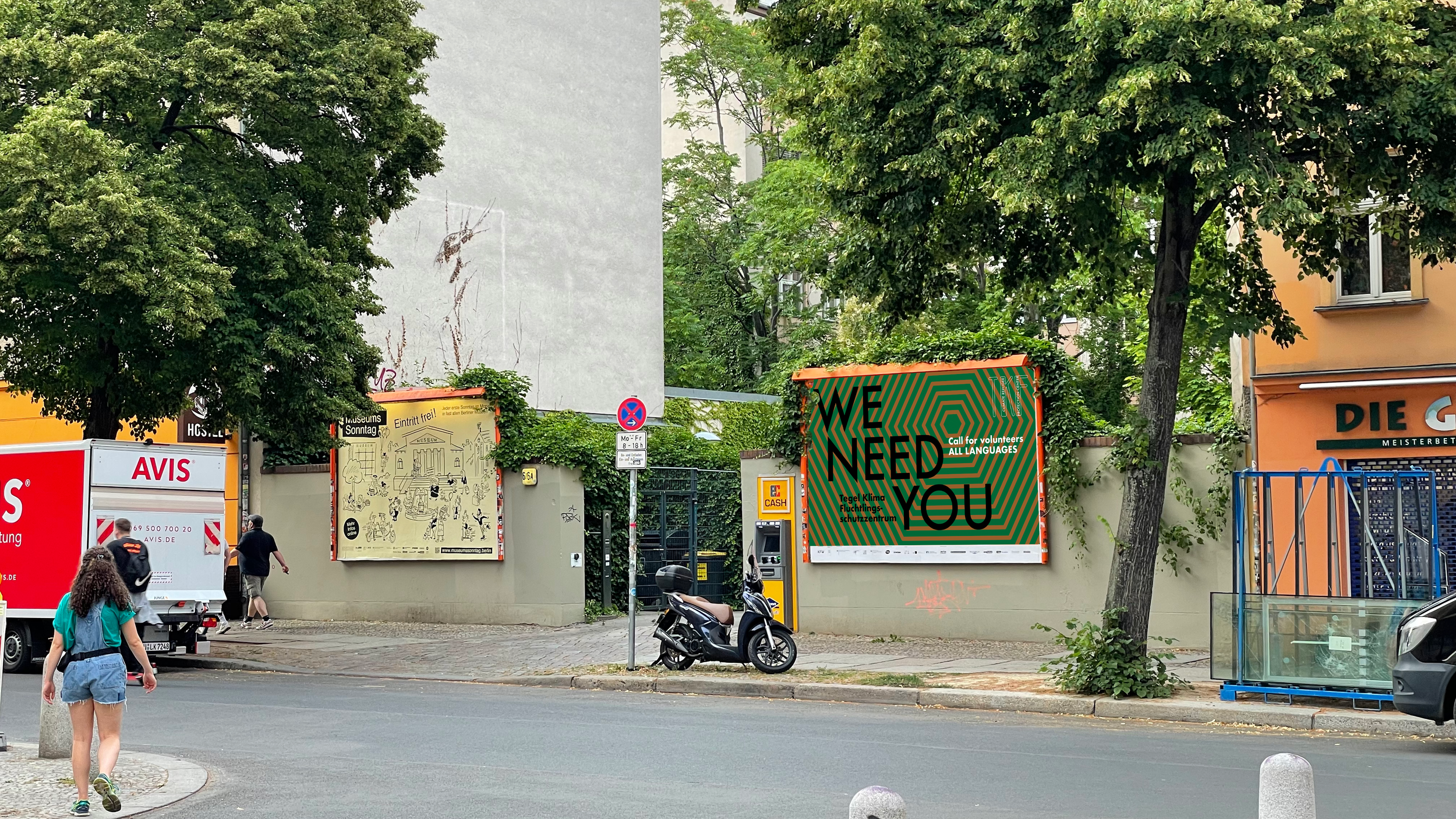Tegel
From Freedom Icon to Climate Future Model
Brief
Strategize a reuse proposal for the newly decommissioned Tegel Airpot of Berlin, Germany.
Collaborate with a multi-disciplinary team and design a proposal that reflect Berlin’s needs somehow.
Roles
Reuse Strategy/Art Direction/Communications Design/Narrative/Video Editing
Client
The City of Berlin. [A Pratt Berlin student brief]
Team
Neha Murali, B.Arch.
Project Advisors
Gisela Baurmann, Jonas Coermeier
The final reuse proposal presented in the form of speculative narrative accompanying original video footages. Written and narrated by Neha Murali and Frankie Kuo, sound and video edited by Frankie Kuo.
Project Background
Built in 1975, landmarked in 2019, and decommissioned 2021, the hexagonal buildings of the former Tegel Airport served as the main entry point to Berlin-West for citizens and visitors alike for over 70 years. The visionary design by a young architecture firm served as a freedom lifeline for the walled-in city well beyond the fall of the Berlin wall. Its iconic hexagonal layout became a visual marker for anyone traveling to or from Berlin.
The Tegel Project GmbH — a municipal company of the State of Berlin - aims to develop the property into a bustling hub of diversity focused on business, industry, and science. The Urban Tech Republic — as the site will be called when completed — aims to provide 5,000 new homes accommodating 10,000 people, space for 1,000 large and small businesses, a new campus for Berlin's Beuth University for Applied Sciences and an array of other projects. It is one of Europe's biggest urbanization projects, underway with the goal of setting an example for the world.
The Covid-19 Crisis as well as the war against Ukraine unexpected put the planning and design progress of The Urban Tech Republic on hold. The former freedom icon found itself first the vaccination center, then as the stop-over Arrival Center for people who have fled Ukraine. Up to 10,000 can be registered through the former terminals daily, find accommodations, obtain work permits and attend free language courses.
Brief
Being community focused, and employ bottom-up design processes, the design brief is to provide bold and deeply relevant alternative for Berlin’s Tegel Terminal A reuse proposals. The designated main formats of outputs are video-aided narrative, diagrammatic and schematic drawings, and other supplemental materials created using each team’s respective disciplinary skill sets.
Aereoview black and white photo of Berlin’s Tegel Airport, when it was still operational. The hexagonal Terminal A and the newer Terminal B are visible.
A computer-rendered pedestrian level view of the former Terminal B being used as Beuth University’s new campus. Image released by The Tegel Project GMBH.
A screenshot from Deuch News reporting the current state of Tegel as the Arrival Center for Ukrainian refugees. White tents are setup on the airfield for arrival processing. Two parents are seen with their baby outside of the tent, and the airport’s old flight control tower is visible in the background.
Over the course of 4 weeks, we researched extensively, spoke with local experts, relevant stakeholders, gained insights from the original architects, developed conceptual proposals, and had multiple mid-progress presentations and conversations with prominent local contributors of diverse creative disciplines.
Cross-referencing Independent Research Findings
and Setting Initial Proposal Angles
As a multidisciplinary team made up of an architecture student and a communication designer, we used Miro as our gathering and communication board, and later collaborated on the co-creation of our initial 2 directions of alternative use proposals.
The research phase Miro board overview. Neha and I listed facts and observations that stood out in our independent research and visiting in the first week in Berlin, as well as posted relevant photos.
Close up 1: the overarching questions are what do Berliners want and/or need. The color coded notes represent: blue for observation and research related to the Berlin; orange for Tegel airport analysis; and red and pink for both larger local crisis and national interest, such as the housing shortage and the UN climate urgent solutions response.
Close up 3: photo gatherings relevant to the visual language and motifs found around Berlin. This includes public park playground form, underground train (Ubahn) color system, street signage and building doorbell system, as well as visual languages of its street posters and ads.
Close up 2: Neha’s side of notes discuss Tegel’s structural observations as well questions relating to its surroundings, such as Tegel’s modularity design and its existing island effect within the city.
Close up 4: after discussion, our independent research crosses over the focus on Tegel Terminal A’s existing structural quality. The terminal was built for for decentralized and fast through-access, which is outdated under current international flight security measures, yet proven to serve important advantages when the site is used for high volume transitory purposes.
Initial Presentation Using Speculative Design Principles
and Consolidating Stakeholder Feedbacks to
Re-align Proposal Relevance
The first narrative proposal got us really good feedbacks, including the need for more detailed timeline factors, as well as additional indicative diagrammatic visuals in order to support the imagination of our audience.
First presentation of concept with local jurors. At Aedes Network Campus.
Tracing over airfield geography to study traffic criculation.
Circulation and Touchpoint study 1: arrival of displaced climate refugees.
Circulation and Touchpoint study 2: planned relocation climate refugee arrival.
Research:
Understanding Climate Refugees (vs. refugees)
A new category yet unofficially recognized, climate refugees, by the United Nations’ denotative clarification, refers to refugees affected by climate-induced factors, whether environmentally, socially, economically, or politically.
According to the United Nations, there are three major population movements that may happen due to climate change:
migration (voluntary),
displacement (involuntary) and
planned relocation (typically coordinated by the local government).
These designation became an important points of reference to our concept development. In addition, our research also showed that psychological distress is a factor often neglected by refugee centers around the world. Neha and I also decided to make psychological support a key point of interest in our proposed programming.
Cross-disciplinary Tools:
Schematic Circulation Details, Incorporation of AI Technology,
and Collage with Thesaurus Diagram
Mid-Journey query, Thesaurus Map, Schematic Circulation design by Neha, and atmospheric Collage by me.
AI generated graphics by Midjourney. Query: futuristic barter market for climate refugees in Berlin-Tegel Airport.
First AI generated graphics by Midjourney. In an outdoor terminal space, refugees of different origins, wrapped in colorful coats and fabrics, are presenting and exchanging goods. Futuristic aircrafts are crossing the blue sky, and the terminal is built with white and transparent materials.
Second AI generated graphics by Midjourney. From afar, through the floor-to-ceiling windows of the terminal, refugees of diverse backgrounds are seen interacting and exchanging goods. Children are chasing and riding bikes on the ground. On the rooftop of the single-floor terminal structure, dome-like greenhouses interlace with rich vegetations, and futuristic aircrafts decorate the blue sky.
Design by Neha Murali.
Thesaurus Map designed by Frankie Kuo.
Collage Simulation of the proposed Tegel Climate Refugee Protection Center. Proposal by Neha Murali and Frankie Kuo, collage by Frankie Kuo.














